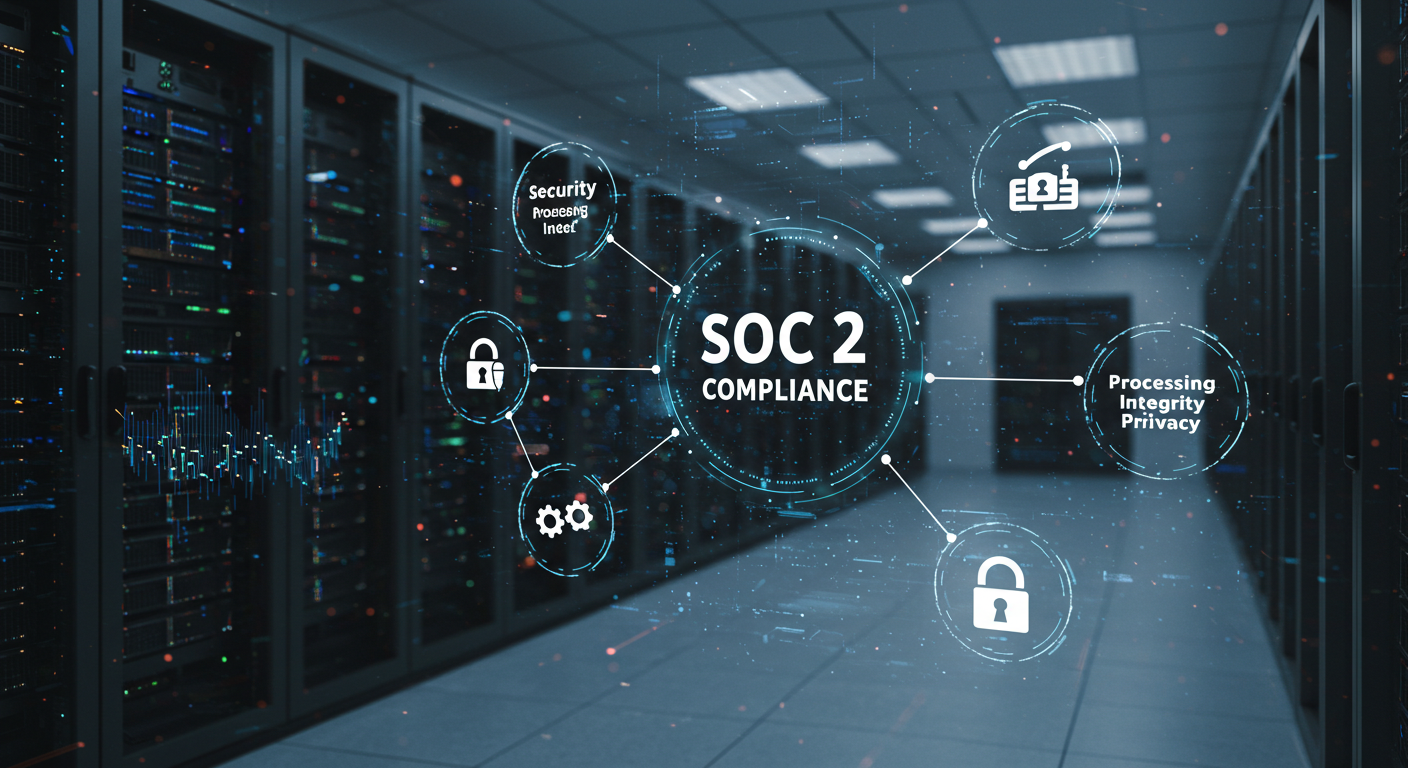What is CMMC – 2022 Update
Despite advancements in cybersecurity technology and methods, the threat of cybersecurity attacks still lingers over the head of most business executives. There’s a good reason for this; a report by Statista shows that in the second quarter of 2022, internet users worldwide dealt with about 52 million data breaches.
Due to increasing cyber threats, the Department of Defense (DoD) introduced a security framework dubbed CMMC (Cybersecurity Maturity Model Certification. CMMC ensures that all organizations in the defense industrial base (including over 3000,000 companies worldwide) meet the various information security standards and best practices.
In this article, we will discuss what CMMC is and why government contractors should care about CMMC certification. We will also look at CMMC updates and future events.
What is CMMC?
The CMMC is a unified standard for the protection of Federal Contract Information (FCI) and Controlled Unclassified Information (CUI) shared within the Defense Industrial Base (DIB).
Developed and rolled out by the Department of Defense (DoD), the security initiative builds upon a variety of cybersecurity standards, including NIST AP 800-53, NIST SP 800-71, and ISO 27001.
With CMMC, contractors are responsible for implementing security controls. However, 3rd party assessment is necessary to ensure compliance with mandatory practices and procedures for Level 2 and Level 3.
The CMMC acts as a shield against increasing cases of cyber-attacks aimed at DoD contractors. It strengthens cybersecurity in the DoD’s supply chain network by eliminating gaps that can lead to the loss of sensitive, controlled, classified and unclassified information.
Most executives believe CMMC protocols only apply to huge companies like Boeing and Northrop and not to them. Although this is not far from the truth, this security initiative impacts both large and small businesses.
Essentially, any organization that wants to work with the DoD must prove it is taking its cybersecurity program seriously by going through CMMC certification.
At its heart, the CMMC model helps to determine the maturity of different cybersecurity initiatives currently adopted by businesses. This might involve checking whether an organization can maintain its information security systems and optimize them for better efficiency.
CMMC can also clarify if an enterprise is proactively or reactively managing its security systems and how involved its security safeguards are.
The level of CMMC compliance will depend on the work an organization handles and the DoD information it manages.
Why Should You Care About CMMC?
- More Investment Directed Towards U.S DIB
At the end of 2021, the Aerospace and defense industry reported revenue of approximately $712 billion, an upward of 4 percent from 2020.
But that’s one section of the defense industry. Every year, the government invests more money in computer networks, weapons systems, road construction on military bases, updating facilities, and even office space lighting.
While your business might not work with the DoD directly, you might work with a defense contractor or other contractors that work for the DoD. As a result, your business might need to take steps to protect potential DoD information. No DoD contractor wants to make headlines because a maintenance company accidentally compromised sensitive national defense information.
- CMMC might Expand to Other Federal Agencies
Even with the update of CMMC 2.0, there’s no sign that the government plans to extend the security procedure past the DoD. But chances are other federal agencies will eventually develop similar programs. That holds, considering most government organizations fall victim to ransomware attacks yearly.
Considering the rapidly advancing cybersecurity threats, these government agencies will want to protect their data and information security systems. So, we expect to see them adopting requirements that mimic CMMC.
For this reason, businesses that want to work on federal projects in the future might need to prove that they have efficient and optimized security systems and measures in place.
- CMMC Will Inform Cyber-Infrastructure Coverage
Due to the rising ransomware attacks and data breaches, insurance companies are tightening controls and increasing their rates. Increasing cybersecurity threats means that these companies need to invest in better ways of mitigating their risks. That might involve paying law enforcement agencies large sums of money to recover or freeze ransom payments before the hackers can benefit from them.
Some insurance providers have already applied security questionnaires that refute policy coverage to firms that fall short on the first level of CMMC compliance–Basic Cyber-hygiene.
The high rates for coverage will force businesses to take cybersecurity more seriously. Firms with better and more efficient security systems will enjoy lower insurance costs.
- CMMC Practices and Policies Give Business the Best Chance Against Cyber Attacks
For so long, beneficiaries of cyberattacks have thrived because of negligence surrounding security measures. These bad actors leverage gaps and loopholes in security systems.
But by implementing CMMC best practices, organizations can make it difficult for these individuals to hack their networks and steal vital data. CMMC compliance also makes businesses more resilient to successful attacks.
Beefing a firm’s security is not only about defending against potential attacks but also about being able to recover lost data or finances and continue operating. Business owners ignorant of best security practices put their ventures at risk.
When compounded and exploited, these risks can lead to the downfall of the business. Even if the venture endures, executives have to deal with the loss of potential revenue from downtime, brand reputation losses, resource cutbacks, etc.
- CMMC Offer Best Security Practices for All Businesses
CMMC framework harmonizes best practices from common cybersecurity standards like NIST 800-171. These standards apply to all organizations, irrespective of their size or industry.
You’ve heard about some of these best practices, like using multi-factor authentication for user accounts and not reusing passwords. Of course, some are not that obvious. For example, there are several policies businesses with multiple devices (thermostats, Alexa, TVs, etc.) connected to a network must implement. That’s only possible through programs like the CMMC.
CMMC Updates and Future Events
CMMC Updates
Since the launch of CMMC 1.0 in January 2020, the framework has undergone significant changes and has been updated. Last fall, the DoD updated the original CMMC 1.0 to CMMC 2.0, which is expected to go into effect in May 2023.
Unlike the initial program, the CMMC 2.0 structure is more streamlined and easier to implement, especially for small businesses. The framework aims to cut down costs for Small and Medium Businesses (SMBs) and align cybersecurity requirements with other federal requirements.
One significant change is that CMMC 2.0 got rid of most security requirements used by CMMC 1.0. It now features 110 security controls from NIST SP 800-171.
Previously, the CMMC framework featured five levels of adherence, depending on the data housed by an organization. But the new program trims the levels from five to three. It gets rid of levels 2 and 4, developed as transitional levels. The levels include:
- Level 1 (Foundation)–Applies to companies that handle Federal Contract Information. It’s based on 17 NIST controls and focuses on protecting covered contractor information systems.
- Level 2 (Advanced) – For organizations working with controlled unclassified information (CUI), including 3D models and CAD drawings. Its requirements mirror NIST SP 800-171 and remove all practices and maturity processes unique to CMMC 1.0.
- Level 3 (Expert)–Reserved for prime contractors working with CUI on DoD’s highest priority programs. It focuses on minimizing the risk from Advanced Persistent Threats (APTs). The level is based on NIST SP 800-171’s 110’s security controls and NIST 800-172 controls.
How To Get Started with CMMC Compliance
While businesses should not expect to see CMMC 2.0 requirements until mid-2023, business executives need to get started on the compliance path. Remember, an organization can take 6 to 12 months to become compliant, and that window is getting close.
Although some aspects of CMMC 2.0 Implementation are not yet clear, the NIST 800-171 requirements continue as the standard. So, if you’re looking to begin your CMMC compliance journey, consider checking if your business meets NIST 800-171’s 110 controls. Otherwise, you will be ineligible for contract awards from the DoD starting mid-2023.
If you feel stuck, we can assist your business to become CMMC 2.0 compliant. Our teams of security experts are invested in protecting you six by offering you humanized cybersecurity. As such, you’re always protected against the unexpected.
Contact us today to discuss how we can help your organization get started with your CMMC compliance path.







